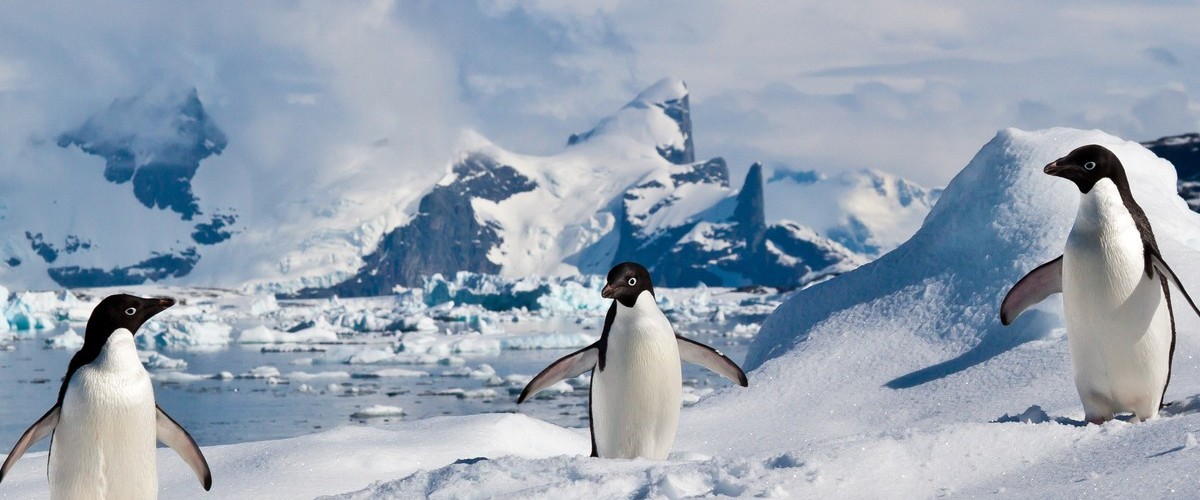Animals are living creatures that come in many shapes and sizes, from tiny insects to massive whales. They can be found in almost every environment on Earth, from deep oceans to high mountains. Unlike plants, animals need to eat food for energy, and most of them can move around on their own.
Animals play an important role in nature. Some help pollinate plants, while others keep populations in balance by being predators or prey. They have different ways of living—some give birth to live young, others lay eggs, and some even change forms as they grow. Scientists classify animals into different groups based on their characteristics.
Types of Animals
| Type | Example Animals | Description |
|---|---|---|
| Mammals (Mammalia) | Humans, Lions, Whales | Warm-blooded animals with hair or fur that feed their babies with milk. |
| Birds (Aves) | Eagles, Parrots, Penguins | Animals with feathers and wings. Most can fly, but some, like penguins, cannot. |
| Reptiles (Reptilia) | Snakes, Turtles, Crocodiles | Cold-blooded animals with dry, scaly skin. Many lay eggs on land. |
| Amphibians (Amphibia) | Frogs, Salamanders, Newts | Cold-blooded animals that start life in water and later move to land. |
| Fish (Actinopterygii) | Salmon, Clownfish, Catfish | Water-dwelling animals with gills for breathing and fins for swimming. |
| Sharks & Rays (Chondrichthyes) | Sharks, Rays, Skates | Fish with skeletons made of cartilage instead of bones. |
| Insects (Insecta) | Bees, Butterflies, Ants | Small creatures with six legs, wings (in most cases), and hard outer shells. |
| Octopuses & Squids (Cephalopoda) | Octopuses, Squids, Cuttlefish | Intelligent sea animals with soft bodies, tentacles, and the ability to change color. |
